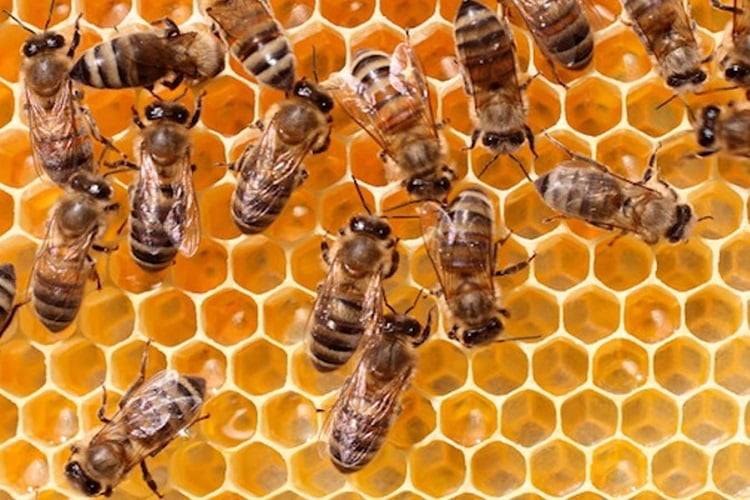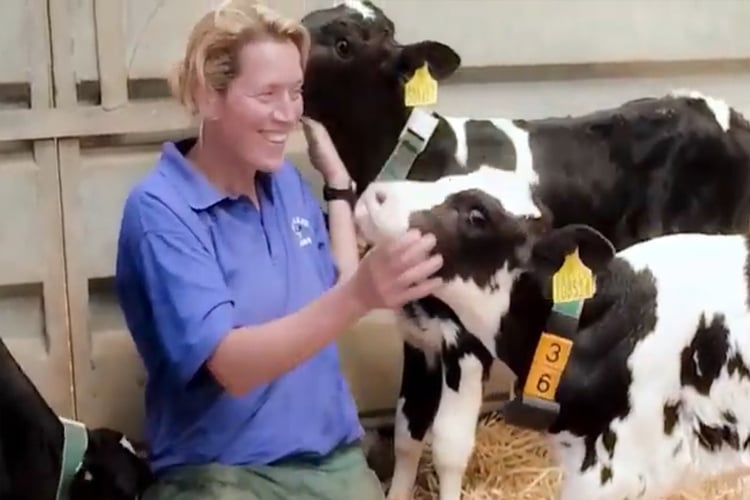
- LifeStart
- Lifestart themes
- Metabolic programming
Key takeaways from the article:
- A LifeStart feeding schedule changes the metabolic profile and hepatic function of dairy calves
- Future research will be required to study the effects beyond 49 days

Metabolic programming with elevated levels of pre-weaning calf nutrition
Research has shown that elevating the plane of nutrition through milk or milk replacer (MR) before weaning has beneficial effects on calf growth and feed efficiency[1,2]. In addition, an elevated level of nutrient intake allows heifers to achieve breeding maturity earlier which potentially decreases the age at first calving and reduces the rearing cost of replacement heifers[3,4,5]. Previous work has also demonstrated the improvements to milk yields in the first lactation associated with an increased milk or milk replacer feeding schedule[6,7,8]. The mechanisms by which enhanced early-life nutrition improves performance are insufficiently understood. However, in biology, there are many examples in which nutritional interventions during the early stages of development result in long-lasting changes.
Leal et al aimed to further understand metabolic development in neonatal dairy heifers at day 2 of life and before weaning at day 49 under 2 distinct nutrient supply regimens. The objective was to try and identify the main metabolic pathways associated with greater growth in neonatal calves fed twice as much milk preweaning. The study used metabolomic profiling in conjunction with intake and growth parameters.
Study design
Eighty-six Holstein heifer calves were enrolled in the study. Calves were housed in individual hutches outdoors. All calves received 4 litres of pasteurized colostrum within 6 hours of birth.
Calves were blocked in pairs by birth sequence and parity of the dam (primiparous vs. multiparous). Calves were randomly assigned to 1 of 2 treatments: an elevated level of nutrient intake (5.14 Mcal of ME in 8 L of MR/d, 150 g/L; 1,200 g/d) or restricted level of nutrient intake (2.71 Mcal of ME in 4 L of MR/d 150 g/L; 600 g/d of MR powder)
Milk replacer (MR) was fed from day 2 twice daily via a teated bucket. Calves had ad libitum access to water, fresh calf starter and straw.
Individual daily intakes or MR, starter, straw and water were recorded until 70 days of age. Calves were weighed at birth and at d 2 and weekly thereafter until d 70. Blood samples were collected on d 2 and d 49. Serum metabolome analysis was performed on samples from 25 calves per treatment, 50 calves in total.
Results and discussion
Metabolomics profiling in conjunction with intake and growth data helped Leal et al shed light on the metabolic pathways primed by preweaning nutrition that may explain future productive outcomes in dairy cows. The elevated group that received greater amounts of CMR subsequently grew faster and were heavier at weaning. Phenotypic differences were supported with characteristic metabolic profiles associated with differential growth between the treatment groups. Clear responses in energy and protein metabolism reflect greater nutrient intake and partitioning toward growth in the elevated group, which was further supported by differences in microbial-derived metabolites and hepatic metabolic profiles.
The study demonstrated differences in the growth and development of young calves fed elevated or restricted levels of nutrients during the preweaning period. It is important to note that discussed differences between calves fed elevated and restricted calves are limited to the first 49 days of life; therefore, further research is required to describe the effect of nutritional programming during the preruminant phase on metabolic and production parameters in later life of dairy Holstein calves, this will explore the carryover effects on the metabolic profiles.
References
[1] Diaz, M. C., M. E. Van Amburgh, J. M. Smith, J. M. Kelsey, and E. L. Hutten. 2001. Composition of growth of Holstein calves fed milk replacer from birth to 105-kilogram body weight. J. Dairy Sci. 84:830–842
[2] Jasper, J., and D. M. Weary. 2002. Effects of ad libitum milk intake on dairy calves. J. Dairy Sci. 85:3054–3058
[3] Radcliff, R. P., M. J. Vandehaar, L. T. Chapin, T. E. Pilbeam, D. K. Beede, E. P. Stanisiewski, and H. A. Tucker. 2000. Effects of diet and injection of bovine somatotropin on prepubertal growth and first-lactation milk yields of Holstein cows. J. Dairy Sci. 83:23–29.
[4] Raeth-Knight, M., H. Chester-Jones, S. Hayes, J. Linn, R. Larson, D. Ziegler, B. Ziegler, and N. Broadwater. 2009. Impact of conventionalor intensive milk replacer programs on Holstein heifer performance through six months of age and during first lactation. J. Dairy Sci. 92:799–809
[5] Davis Rincker, L. E., M. J. VandeHaar, C. A. Wolf, J. S. Liesman, L.T. Chapin, and M. S. Weber Nielsen. 2011. Effect of intensified feeding of heifer calves on growth, pubertal age, calving age, milk yield, and economics. J. Dairy Sci. 94:3554–3567.
[6] Foldager, J., and C. C. Krohn. 1994. Heifer calves reared on very high or normal levels of whole milk from birth to 6–8 weeks of age and their subsequent milk production. Proc. Soc. Nutr. Physiol. 3:301.
[7] Bar-Peled, U., B. Robinzon, E. Maltz, H. Tagari, Y. Folman, I. Bruckental, H. Voet, H. Gacitua, and A. R. Lehrer. 1997. Increased weight gain and effects on production parameters of Holstein heifer calves that were allowed to suckle from birth to six weeks of age. J. Dairy Sci. 80:2523–2528.
[8] Soberon, F., E. Raffrenato, R. W. Everett, and M. E. Van Amburgh.2012. Preweaning milk replacer intake and effects on long-term productivity of dairy calves. J. Dairy Sci. 95:783–793.






